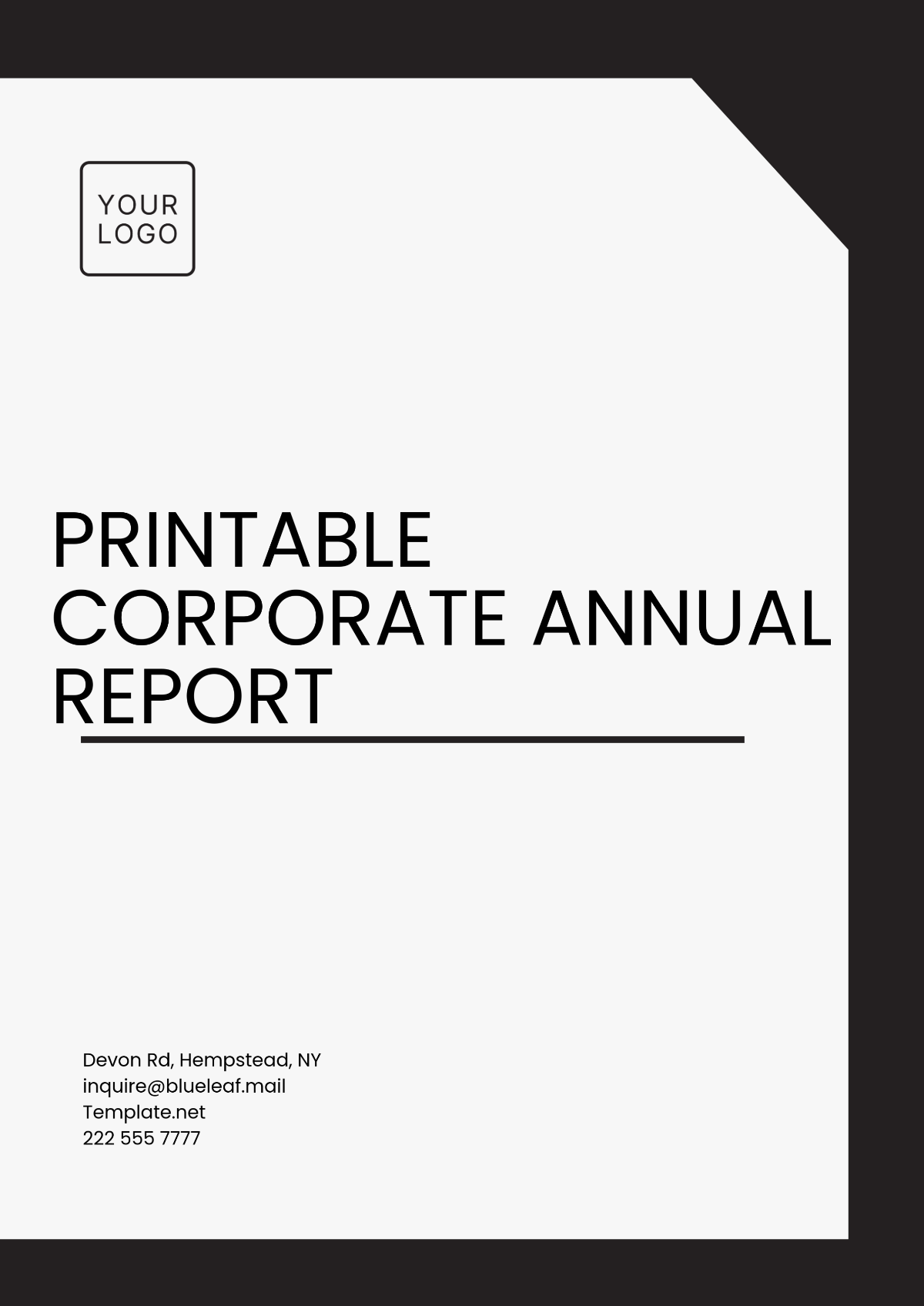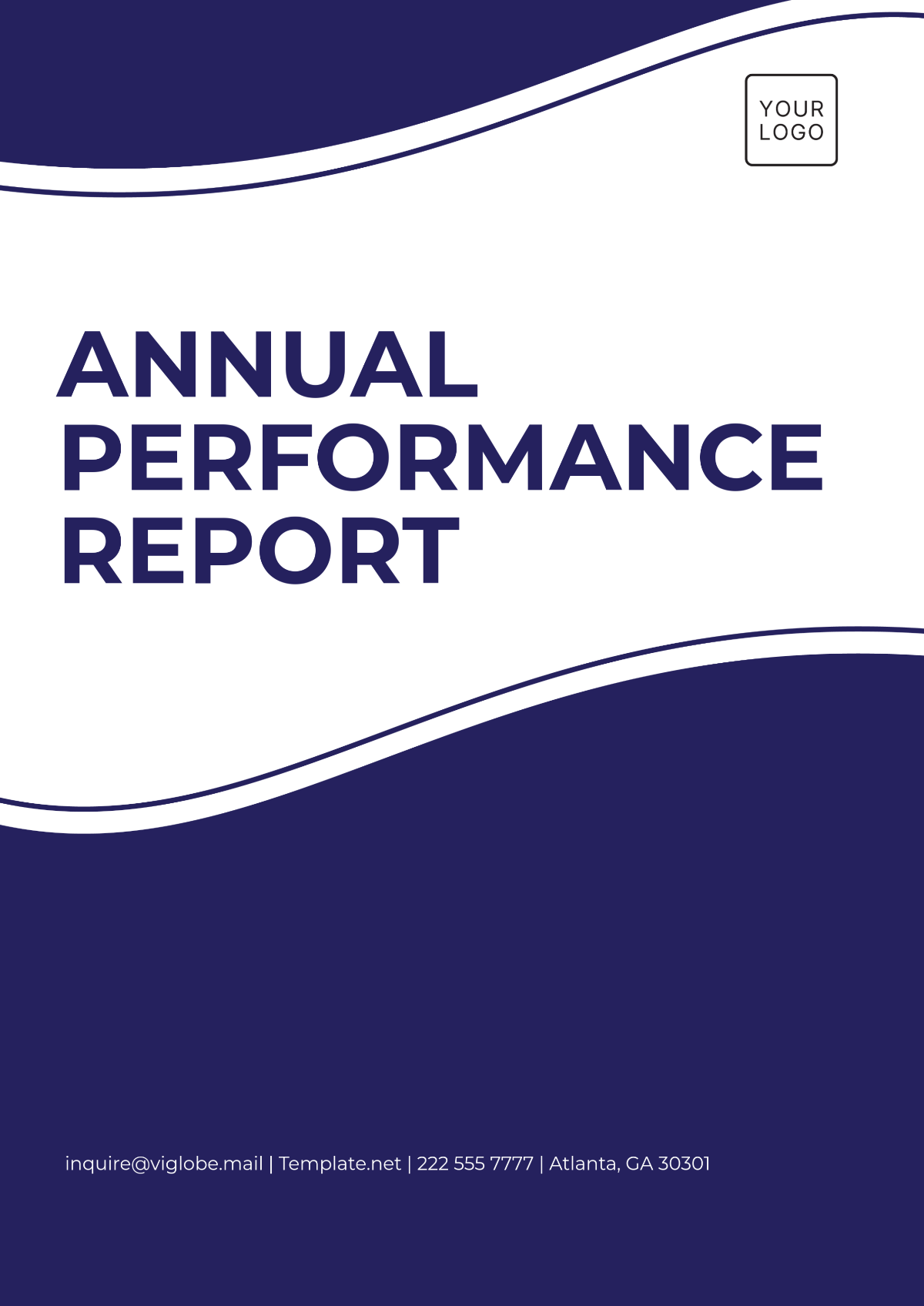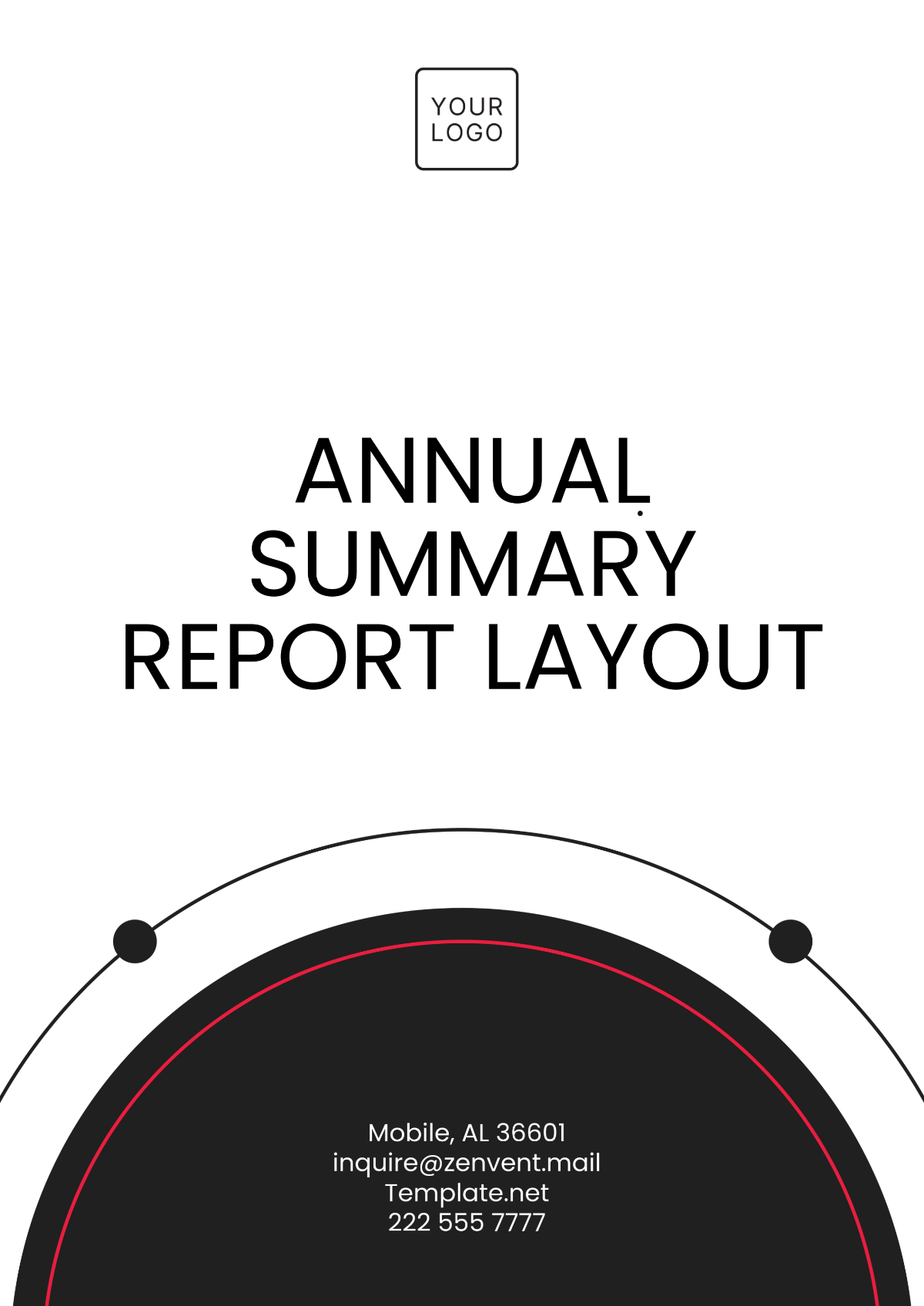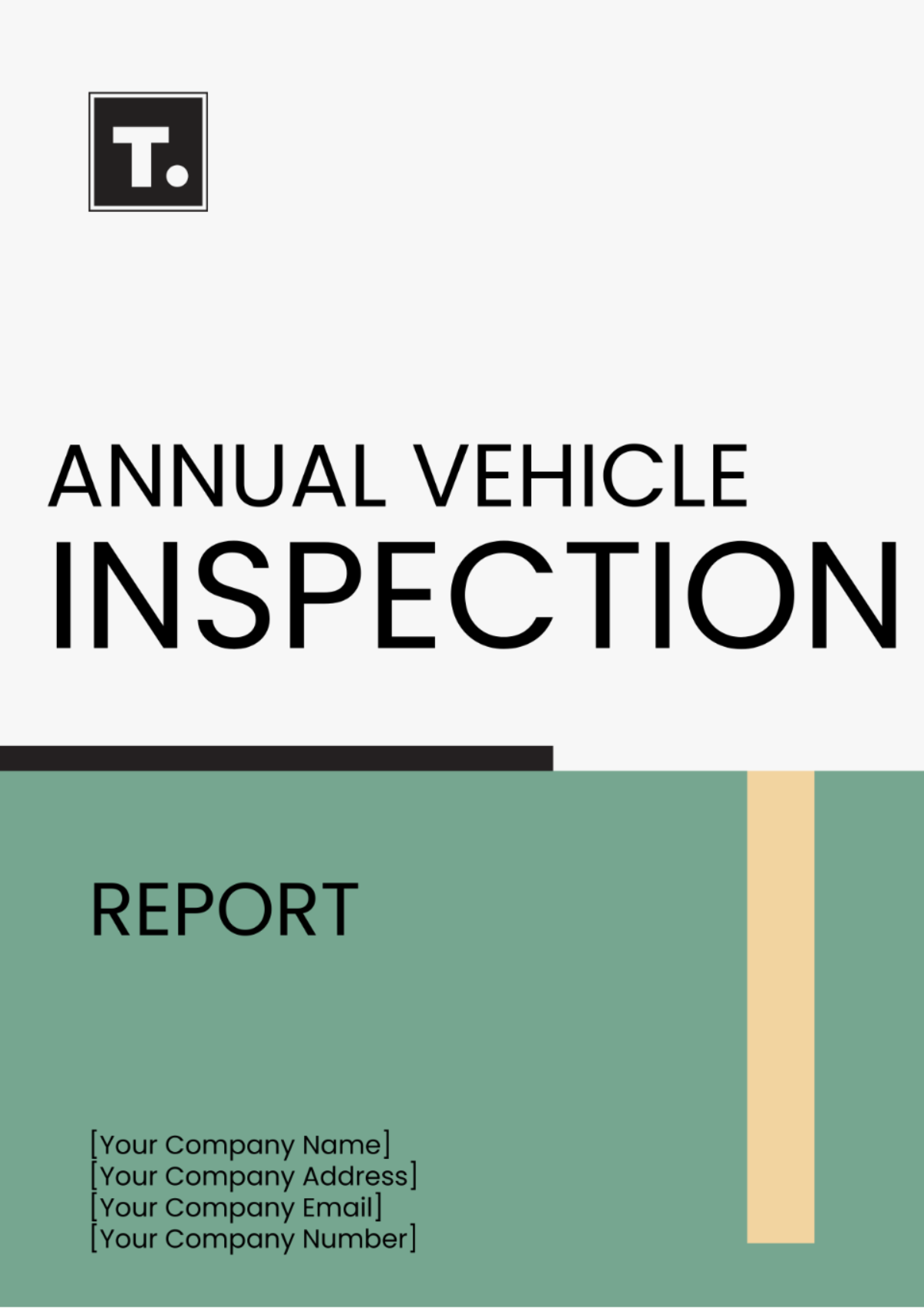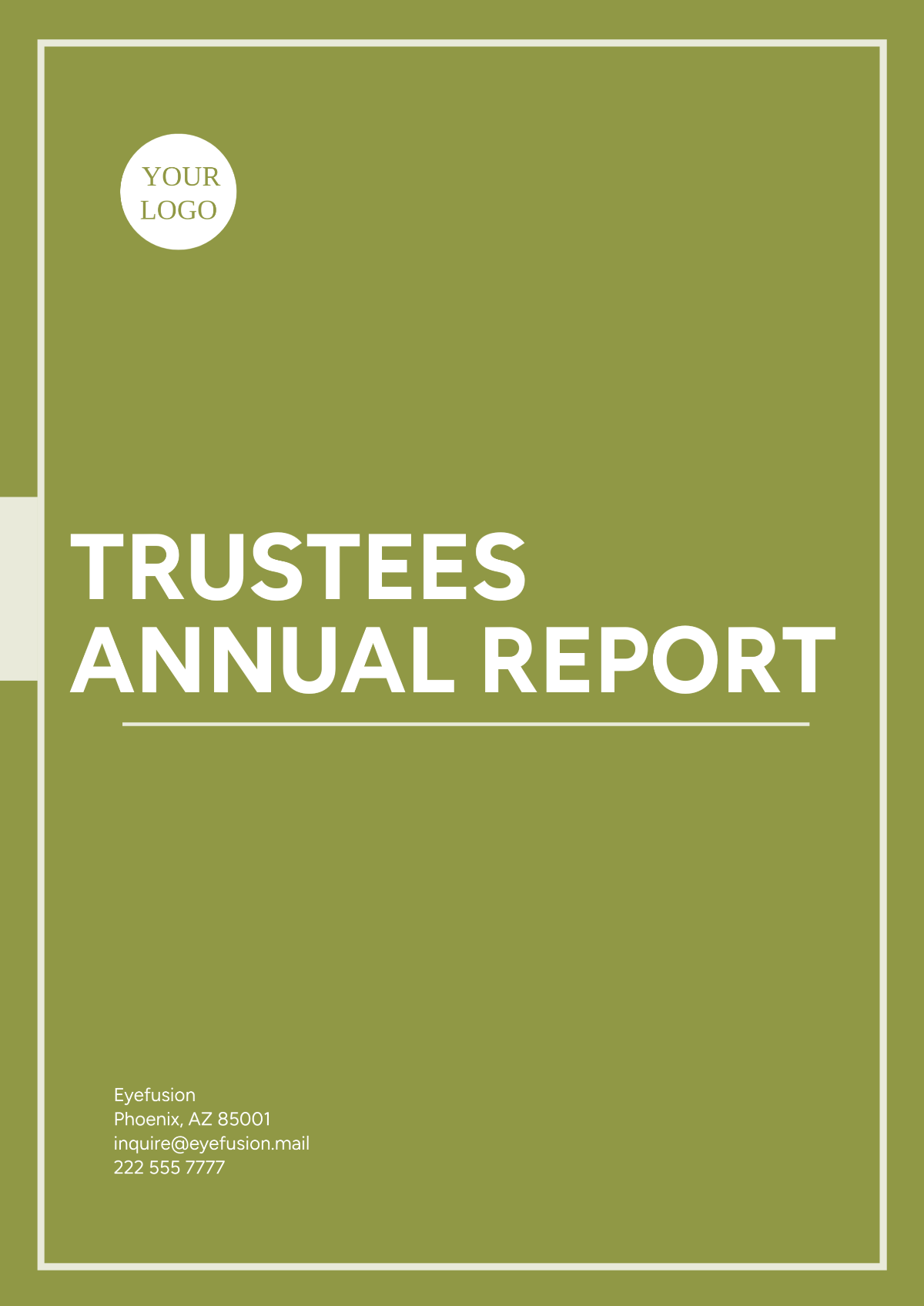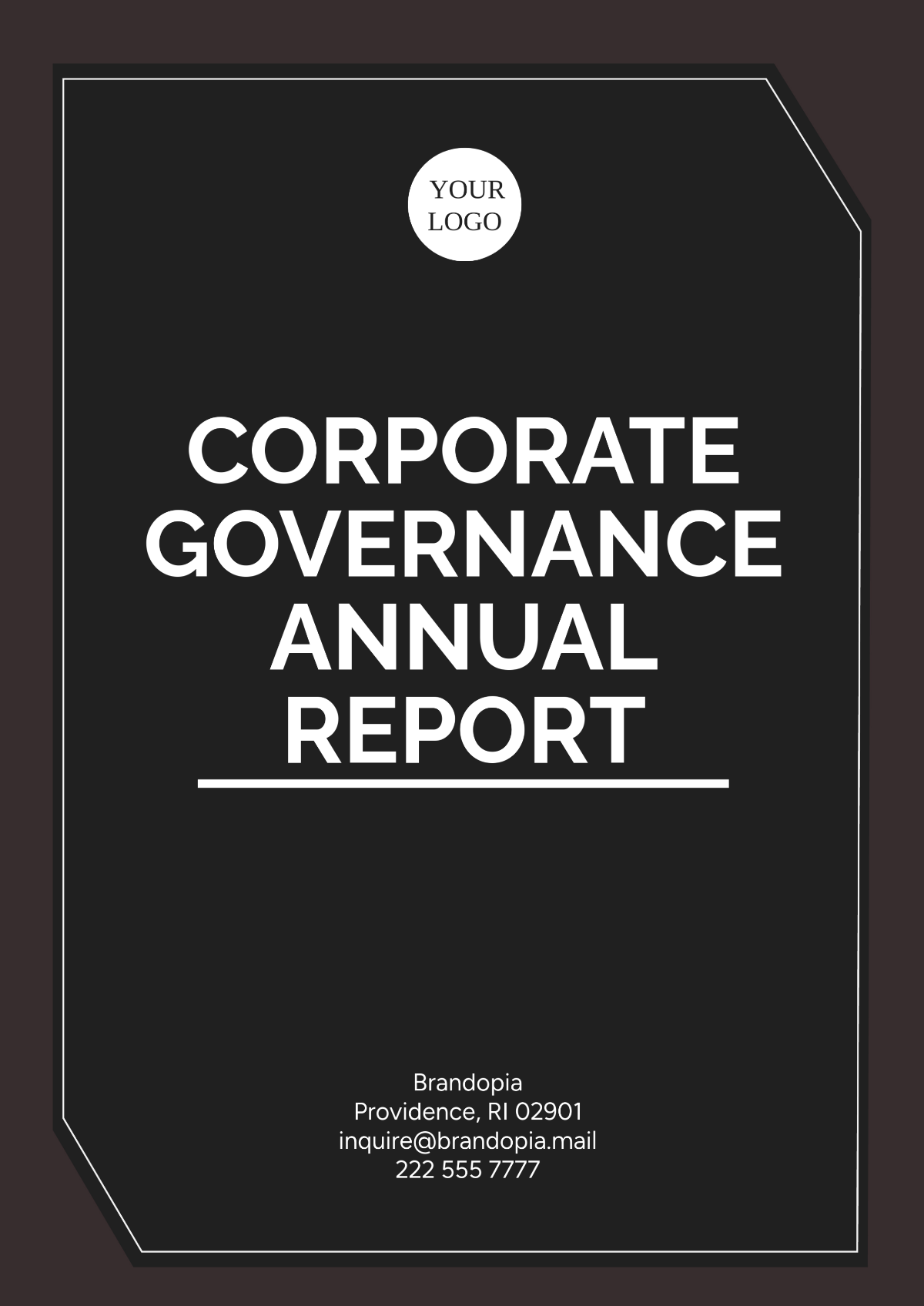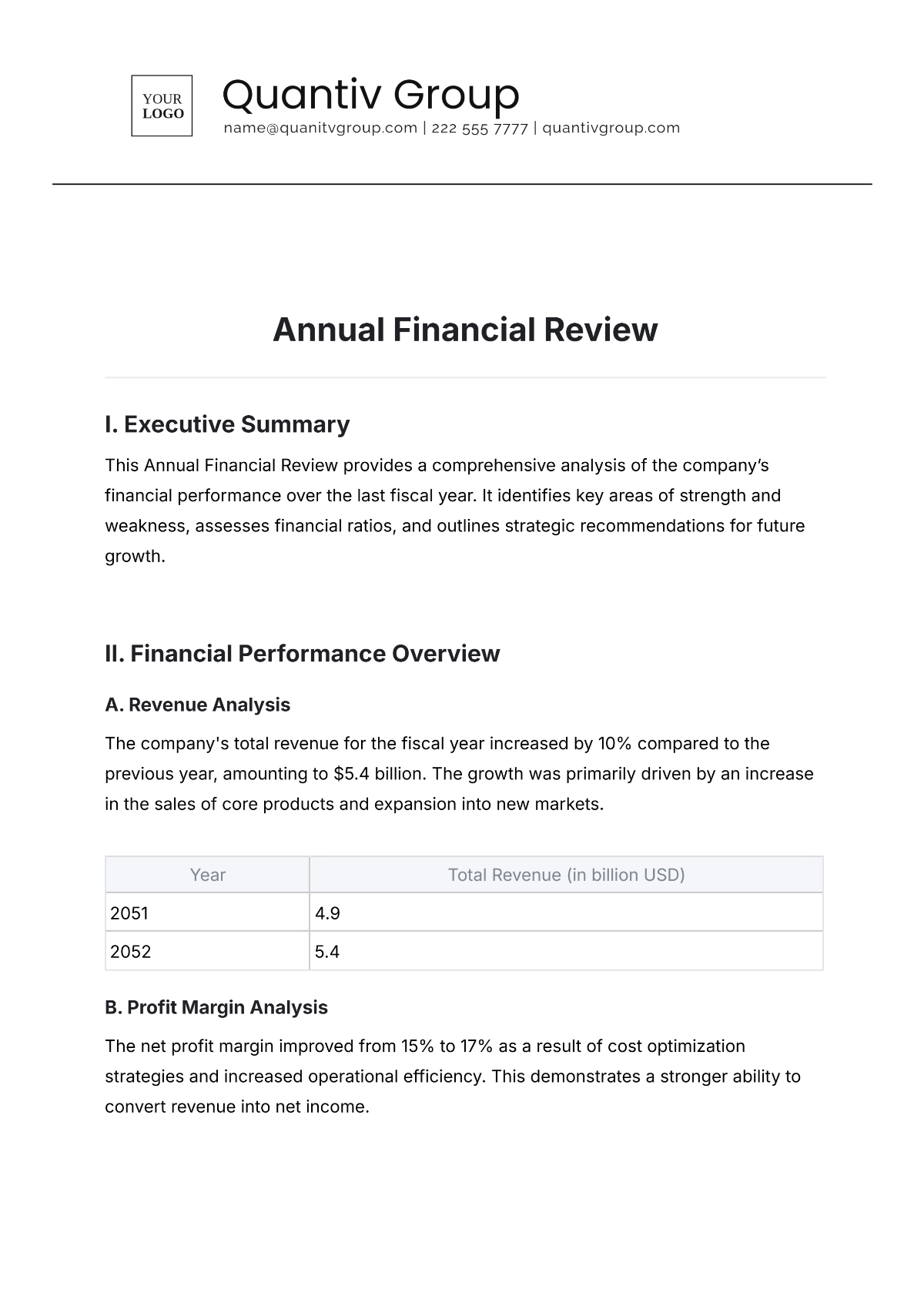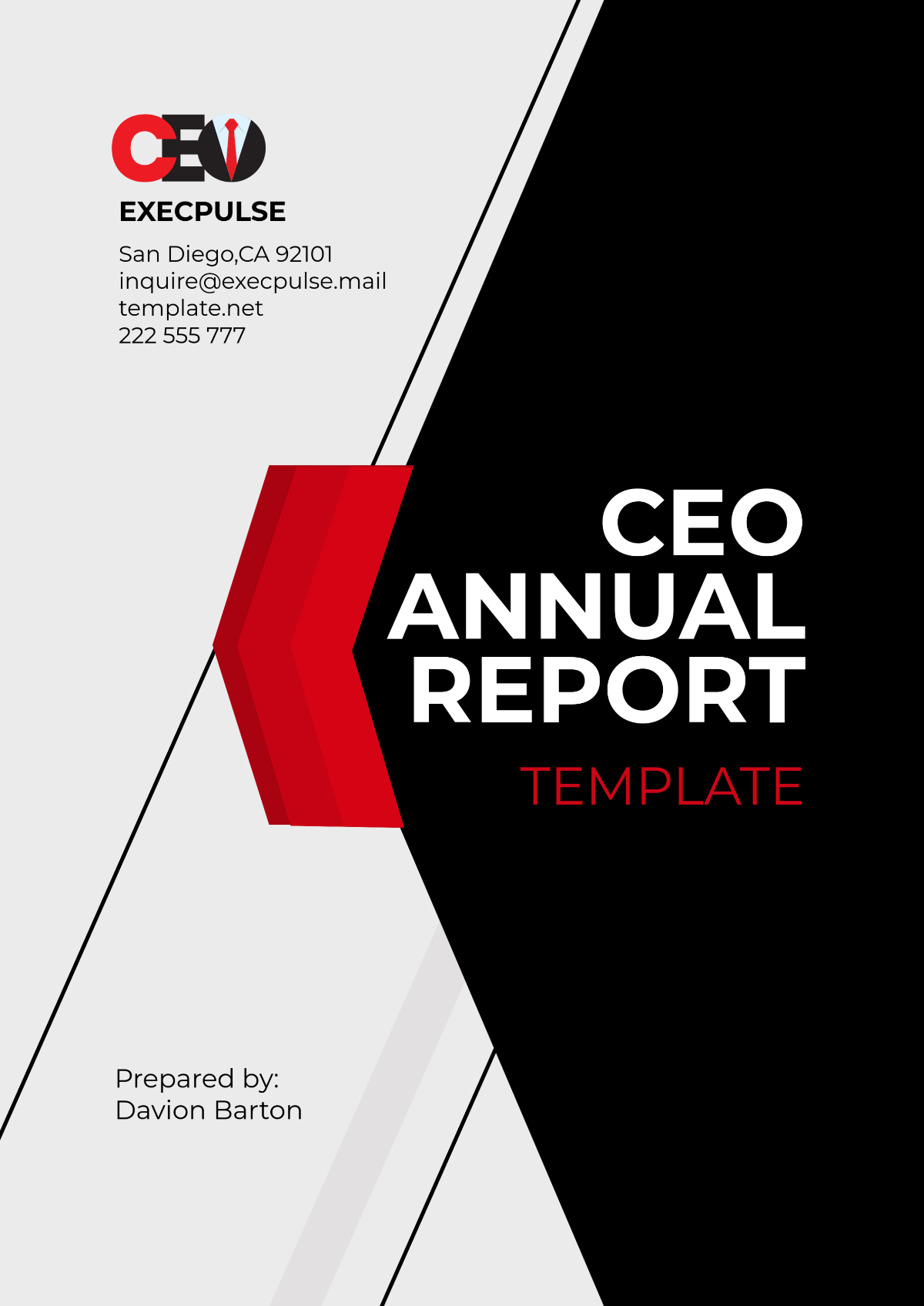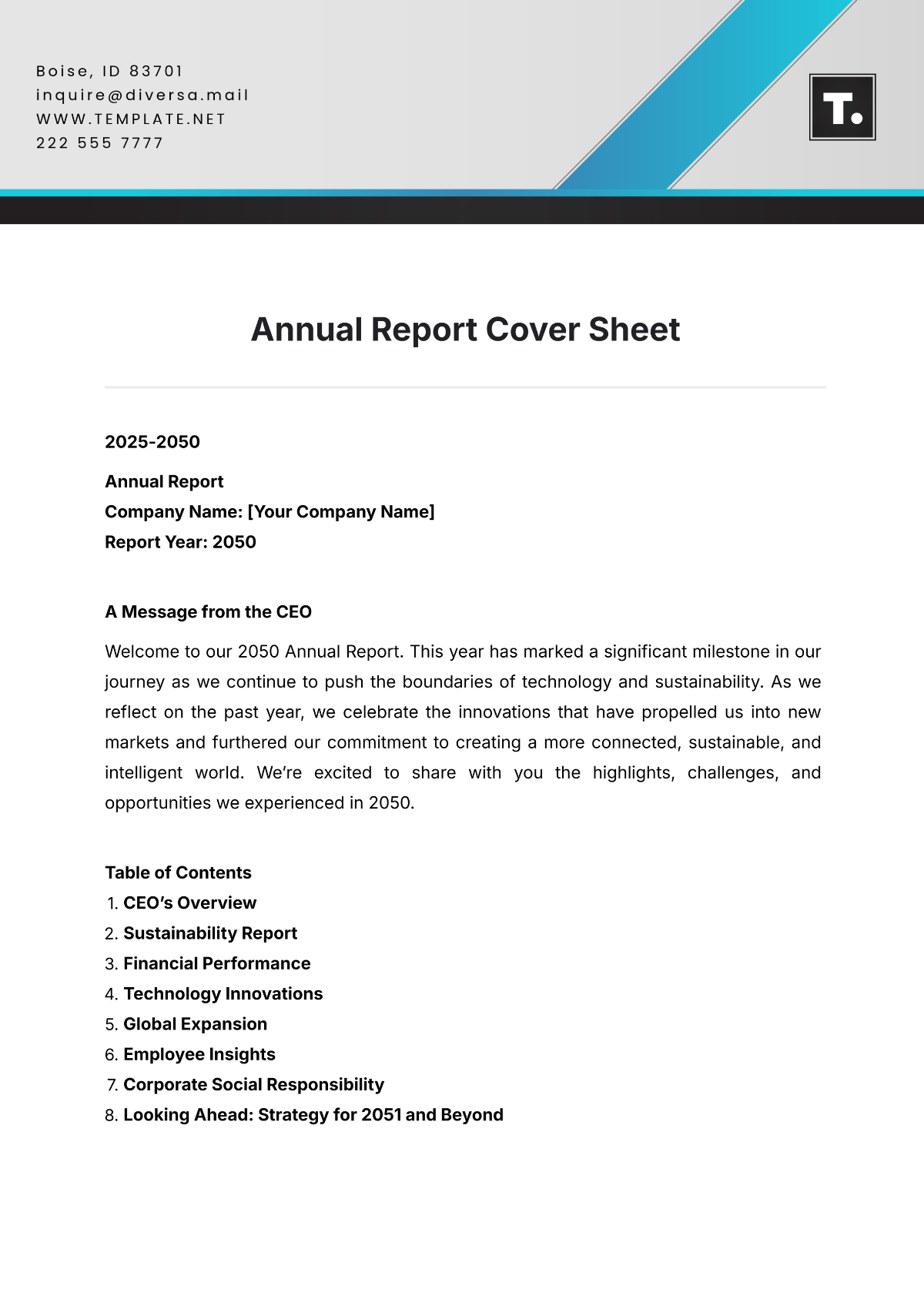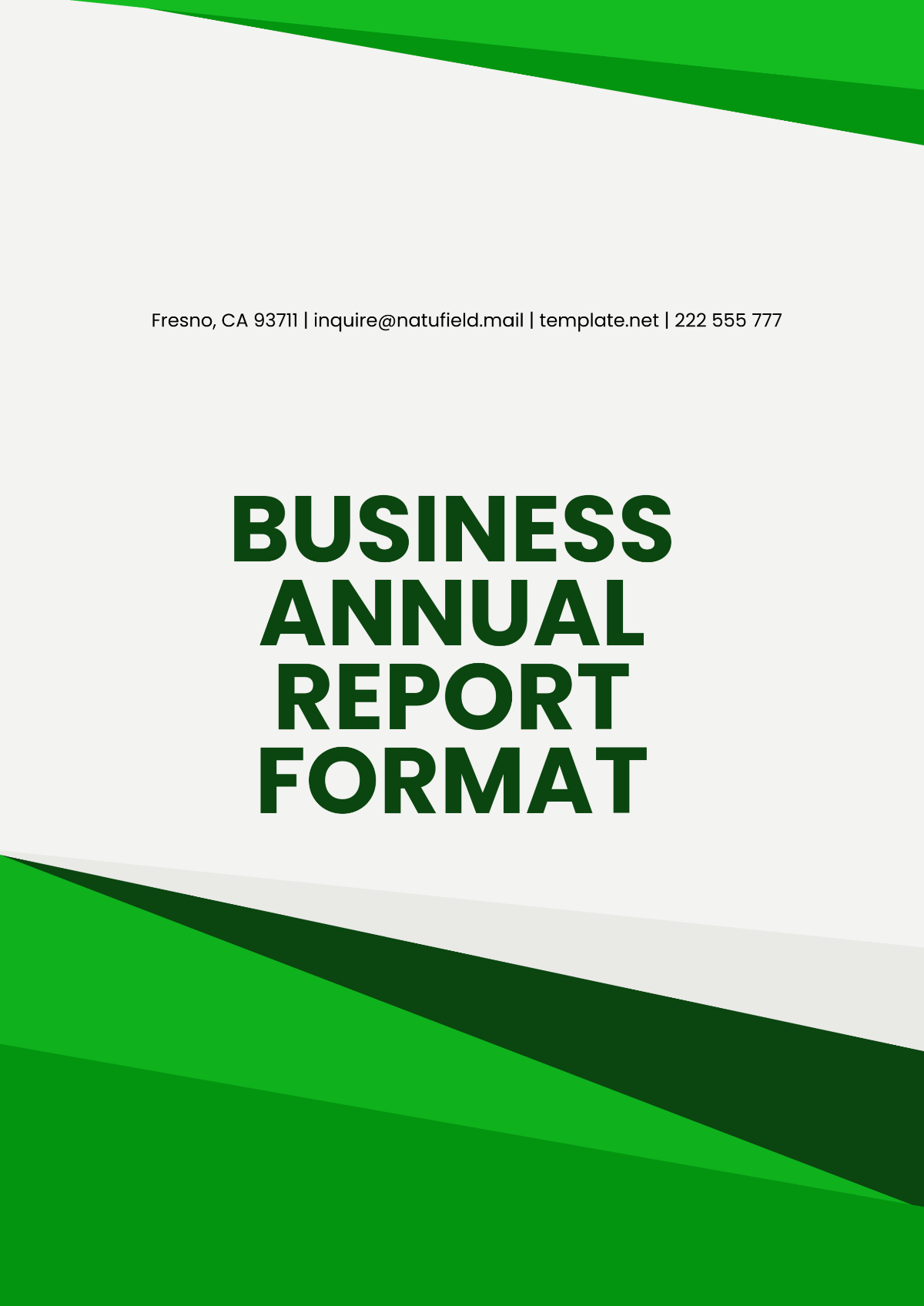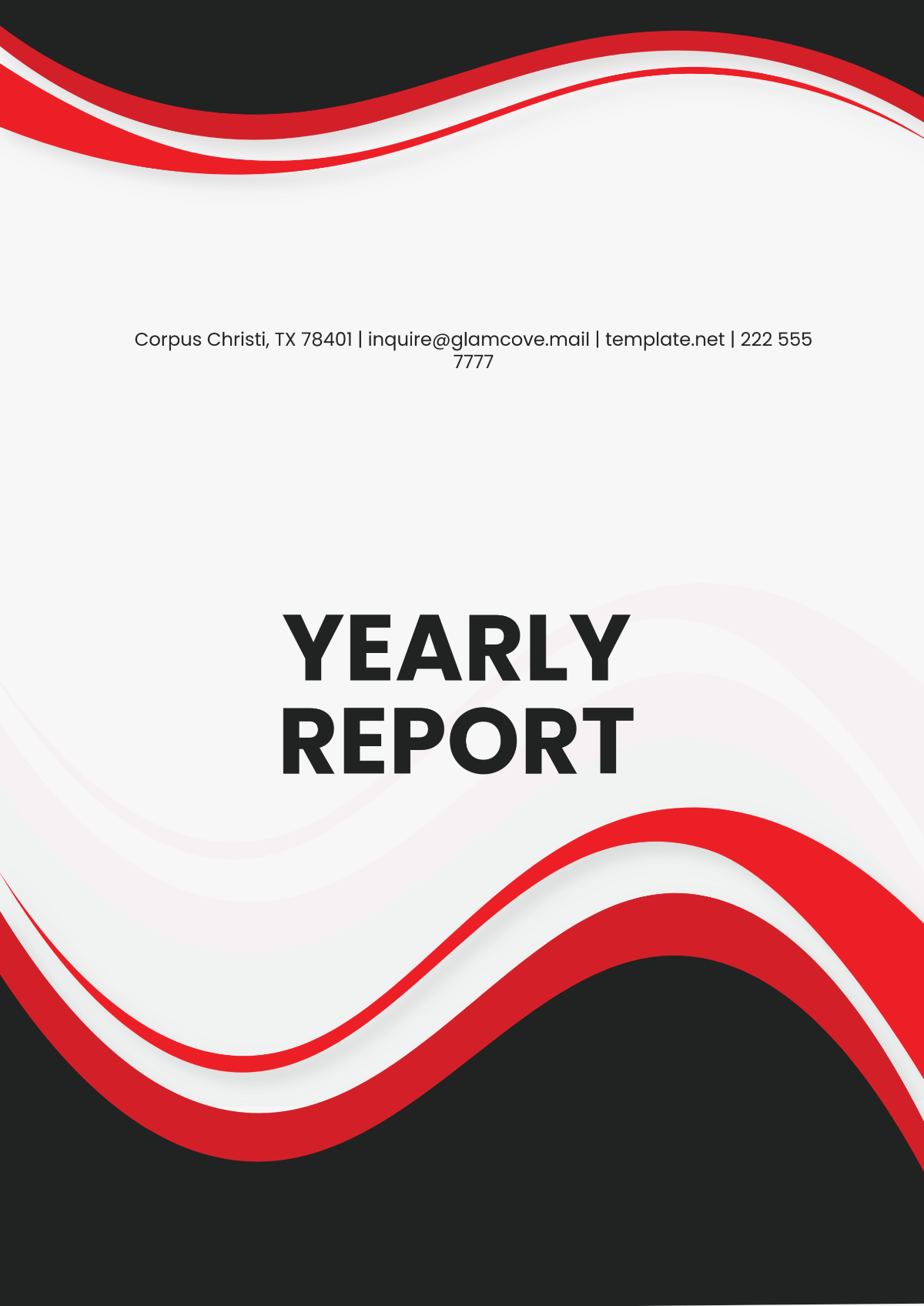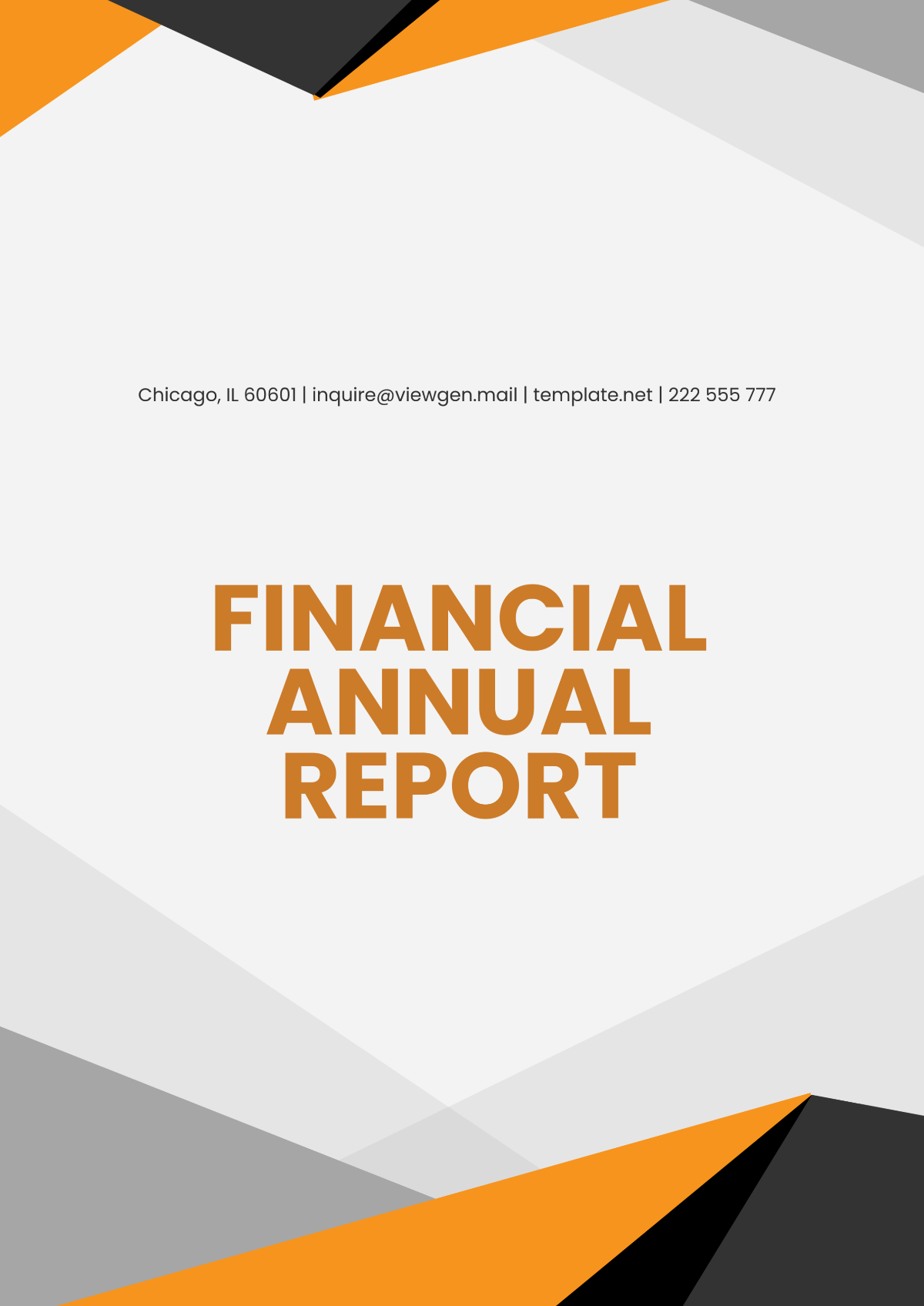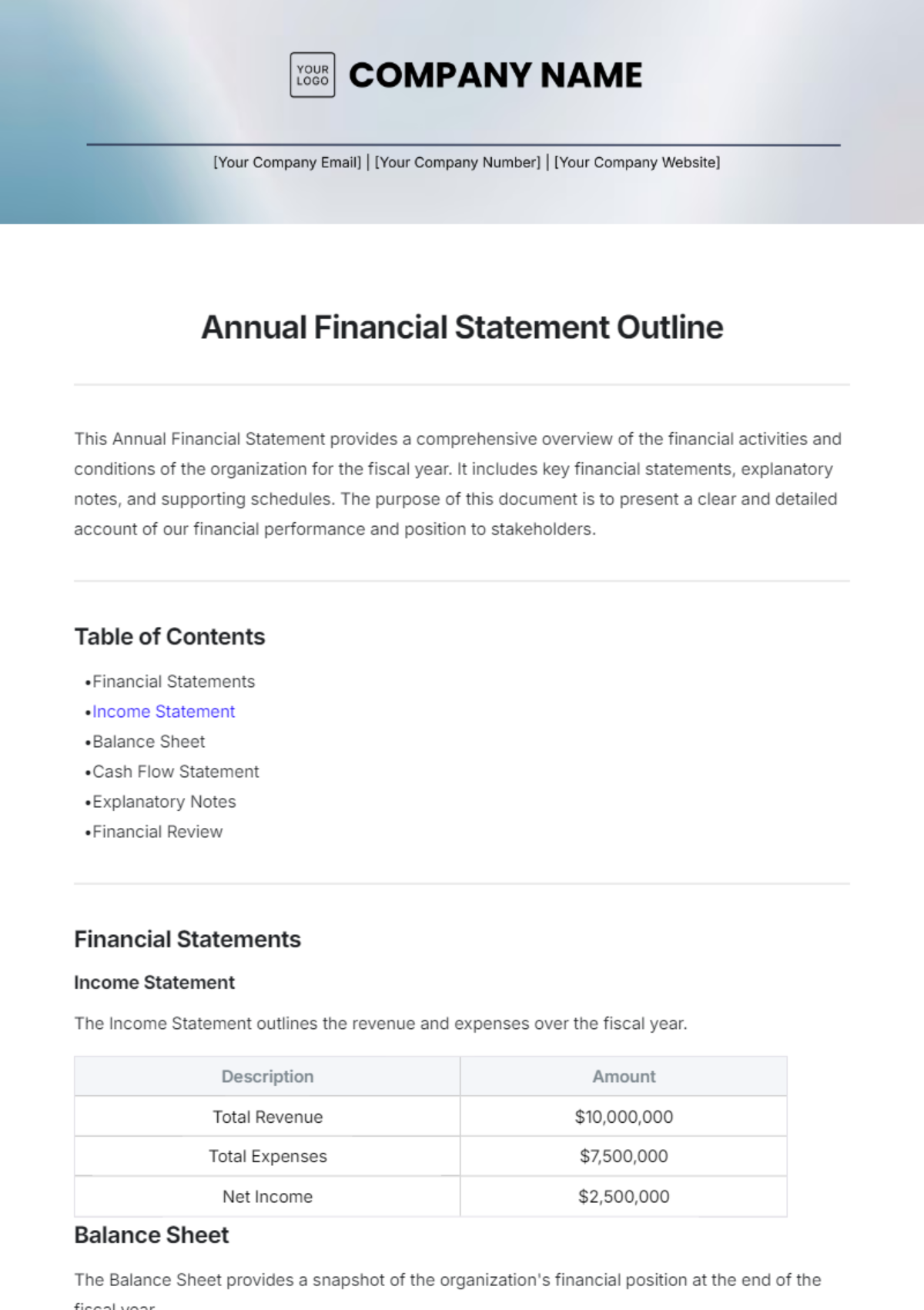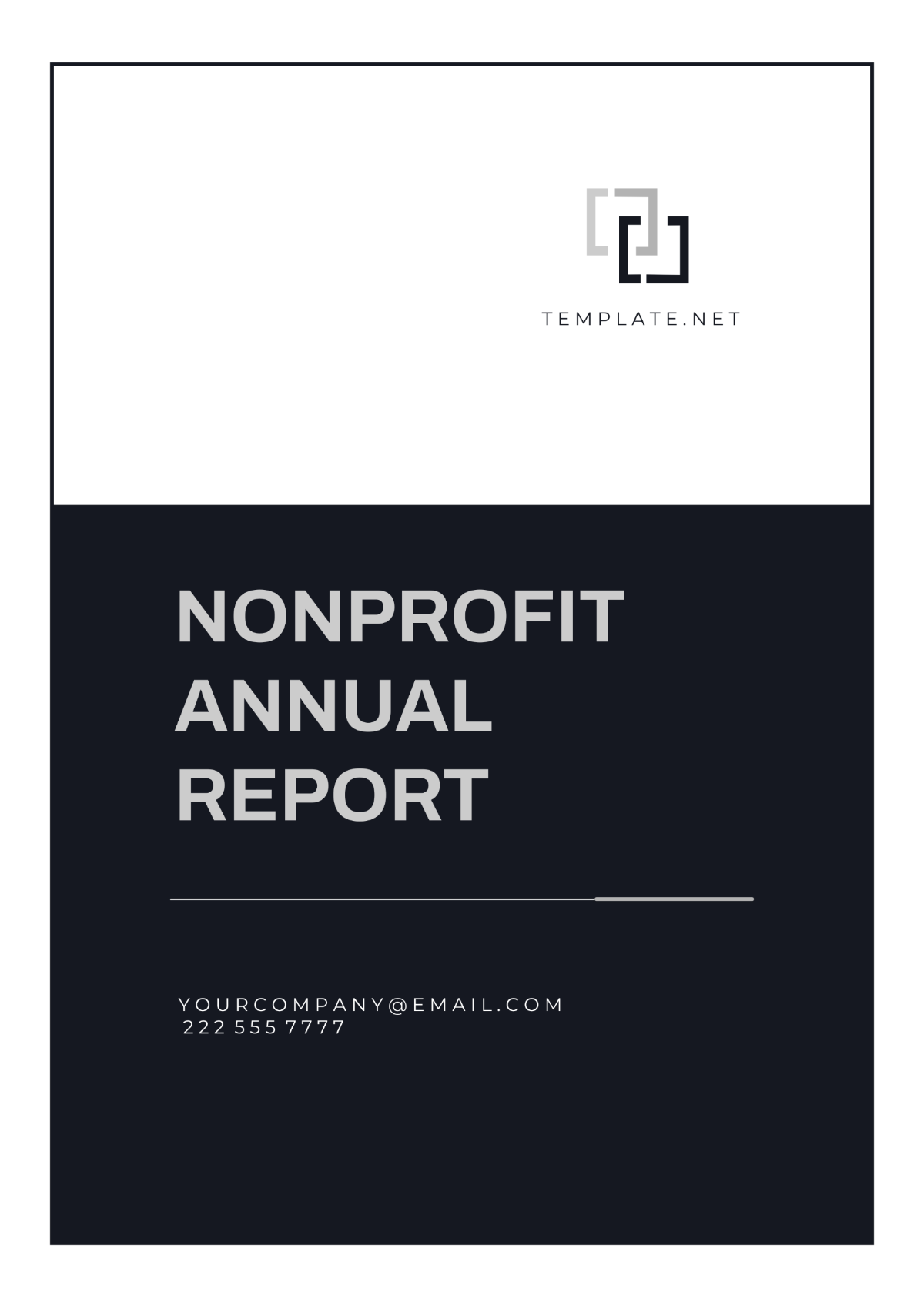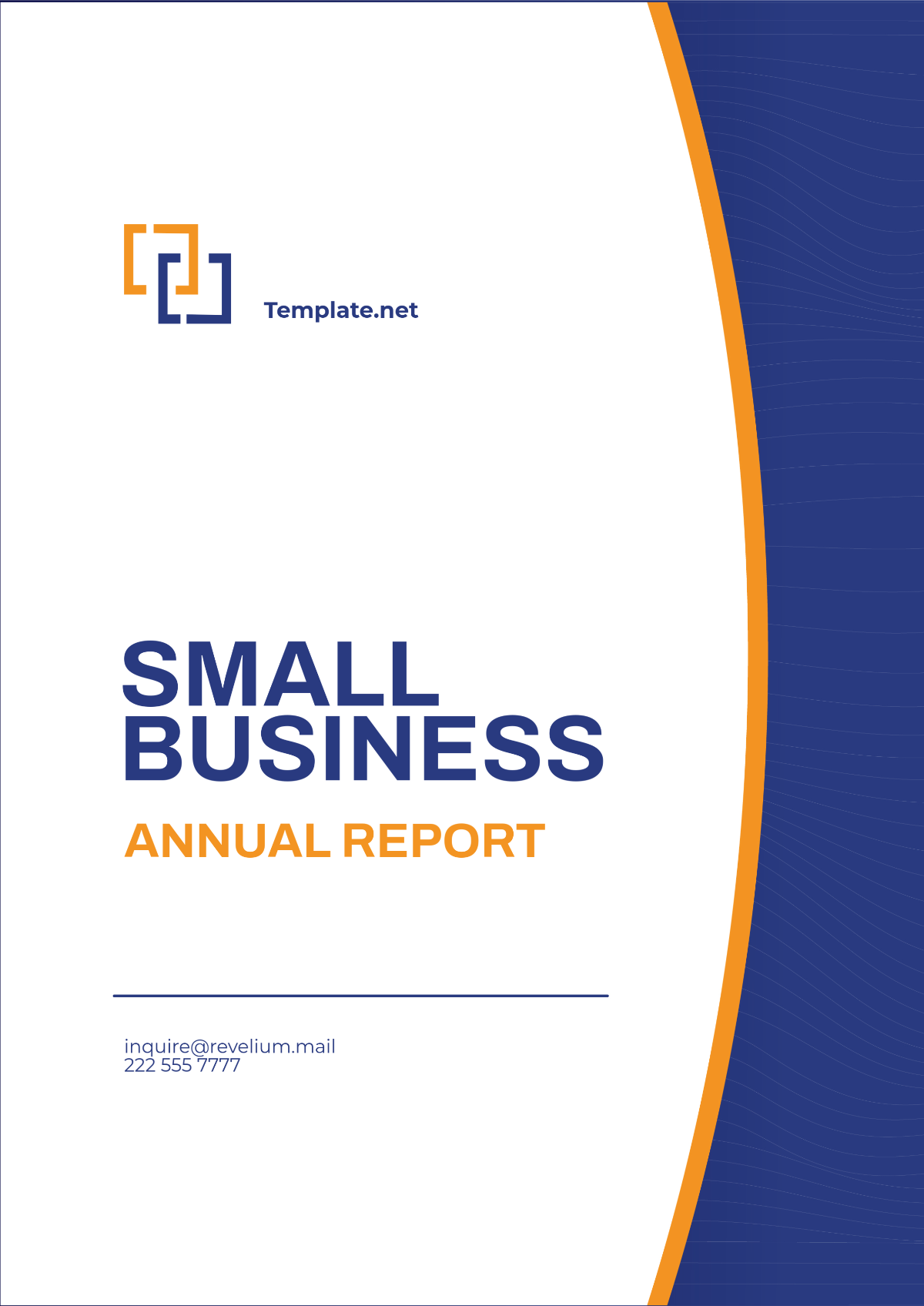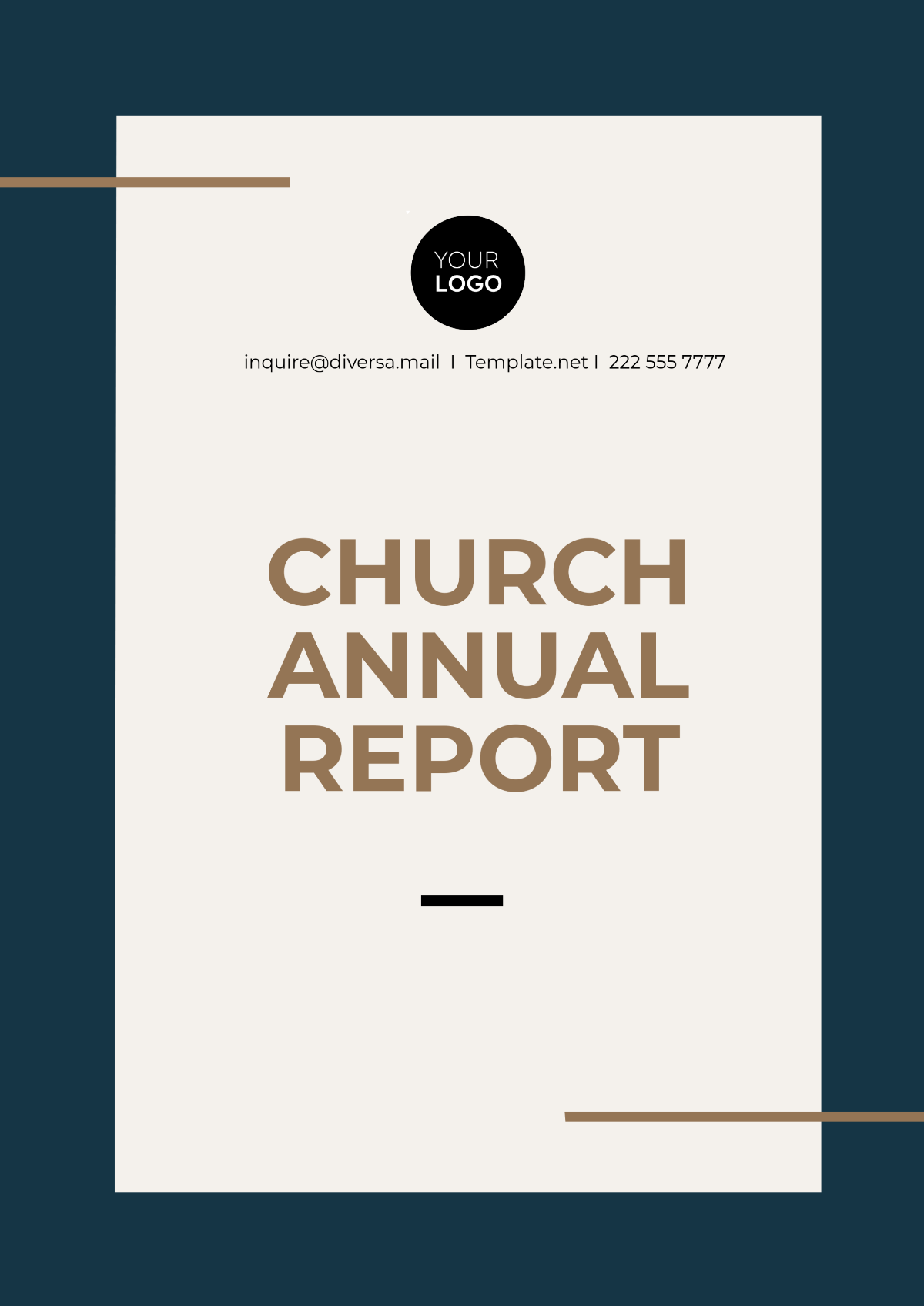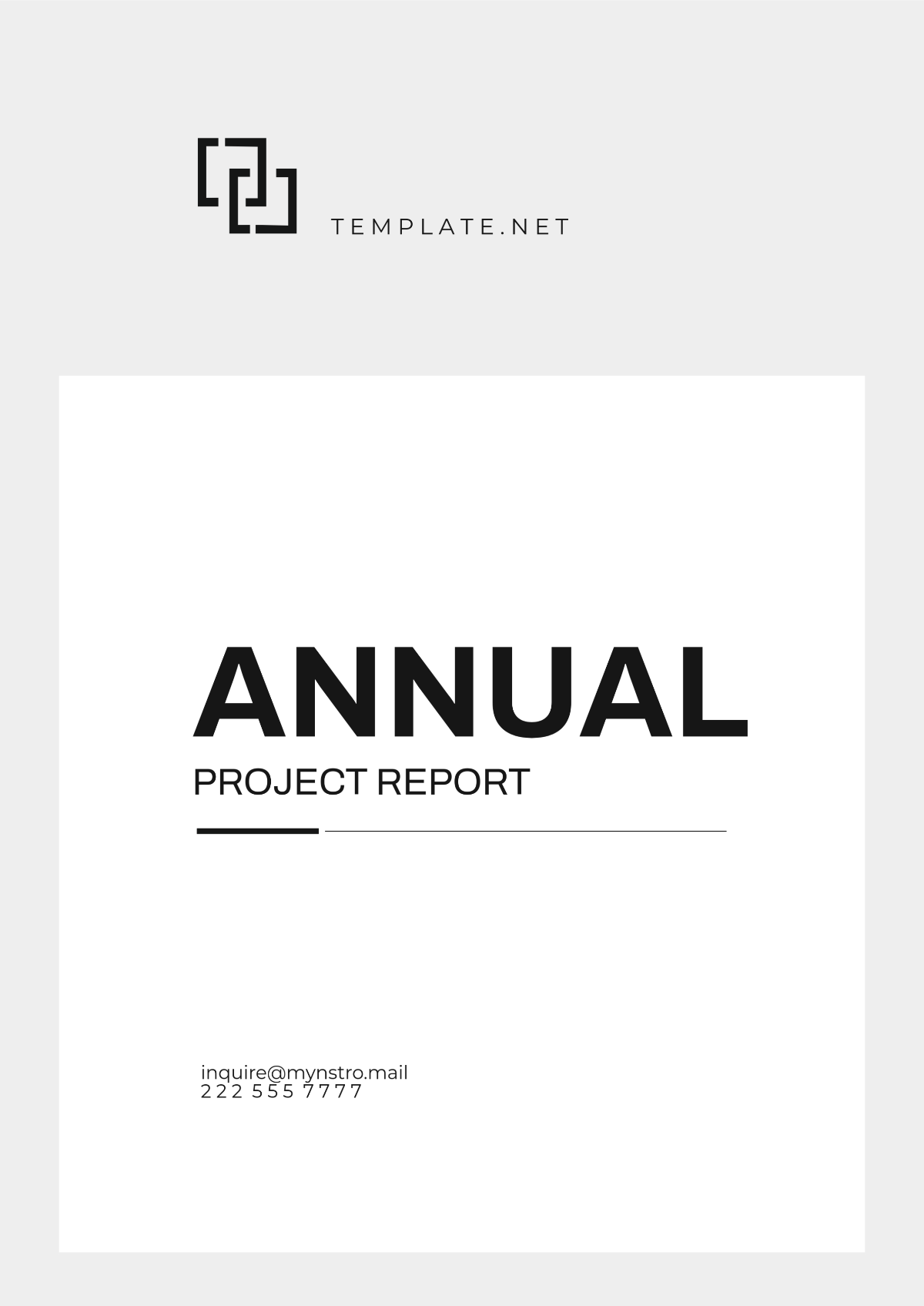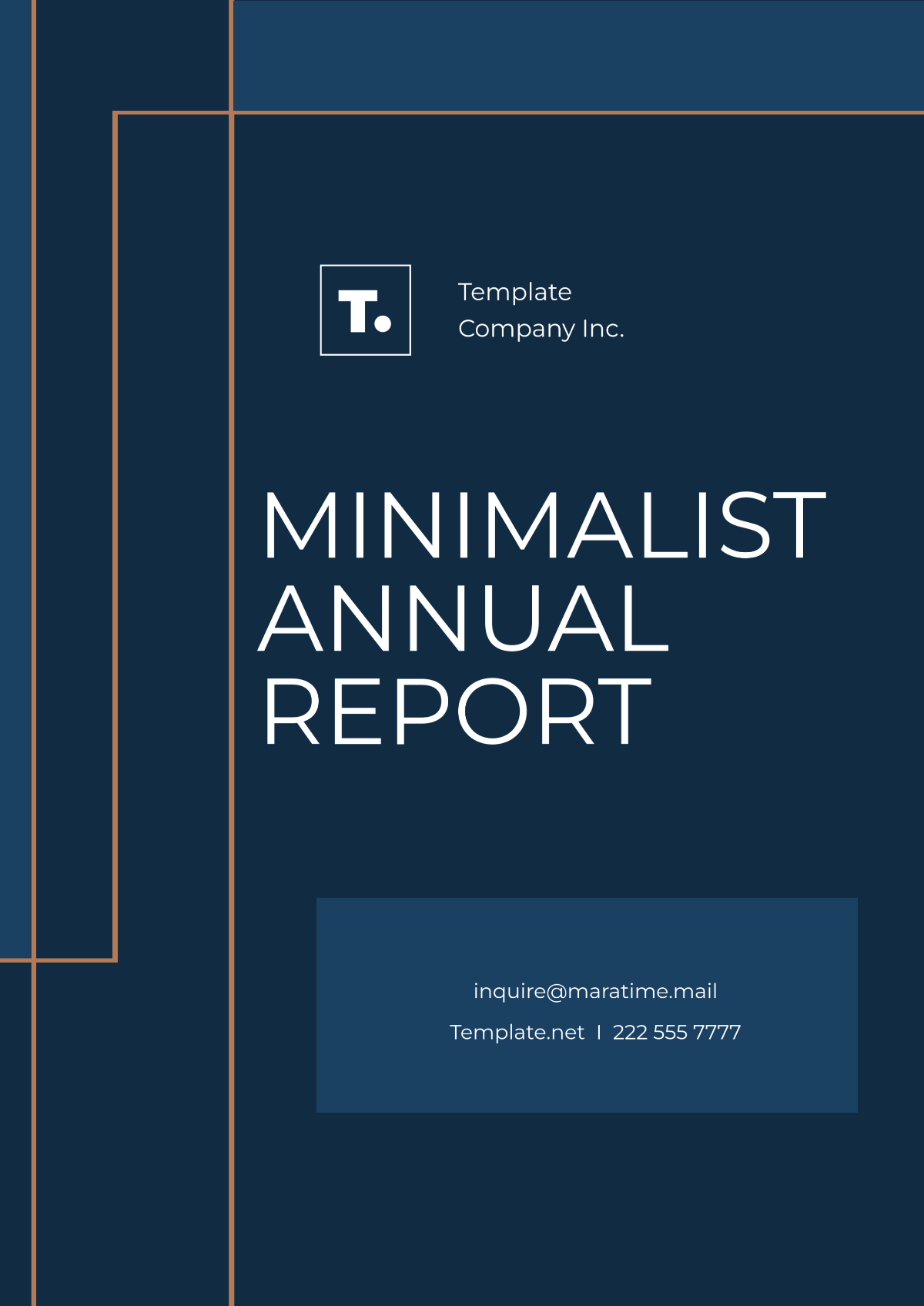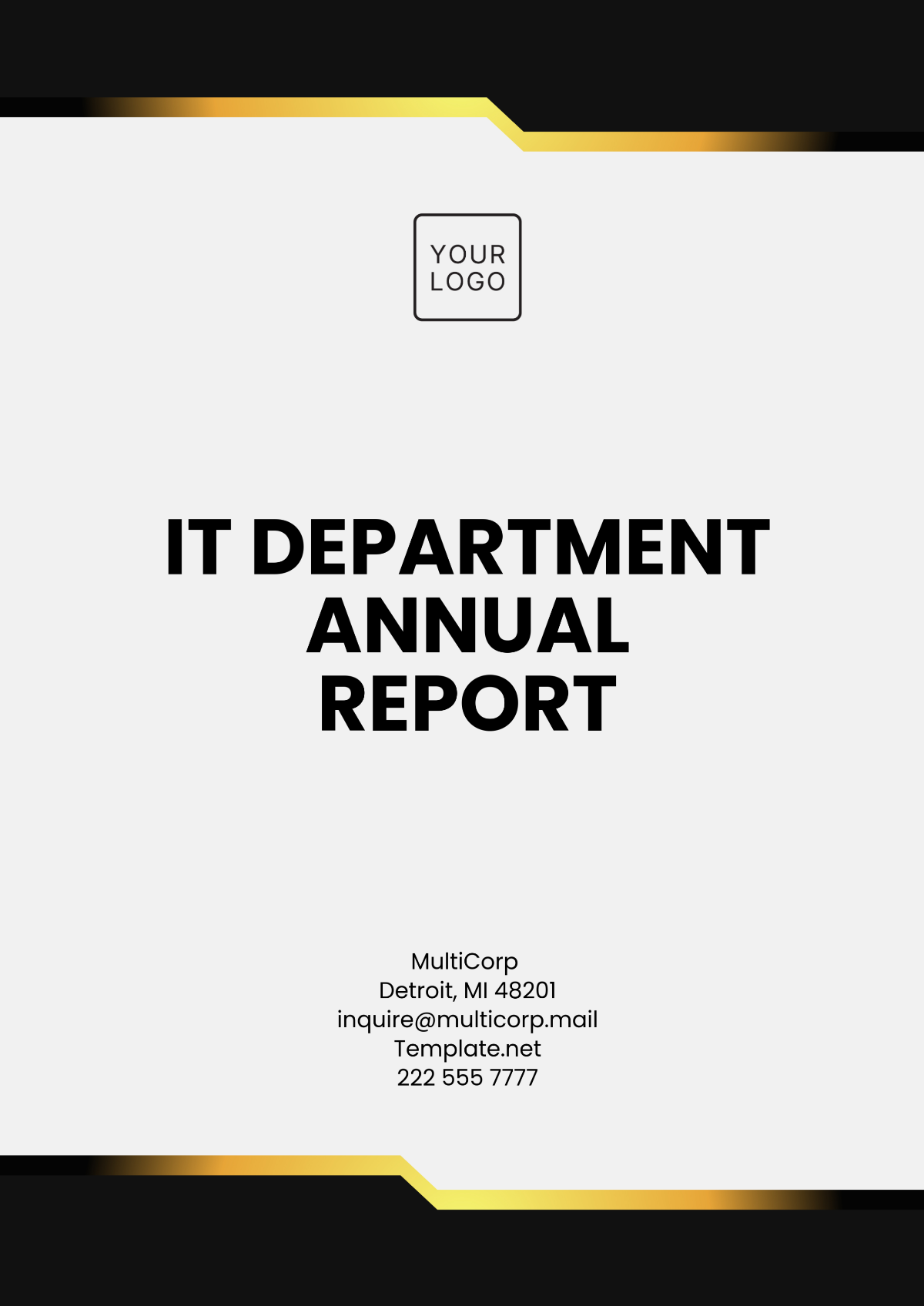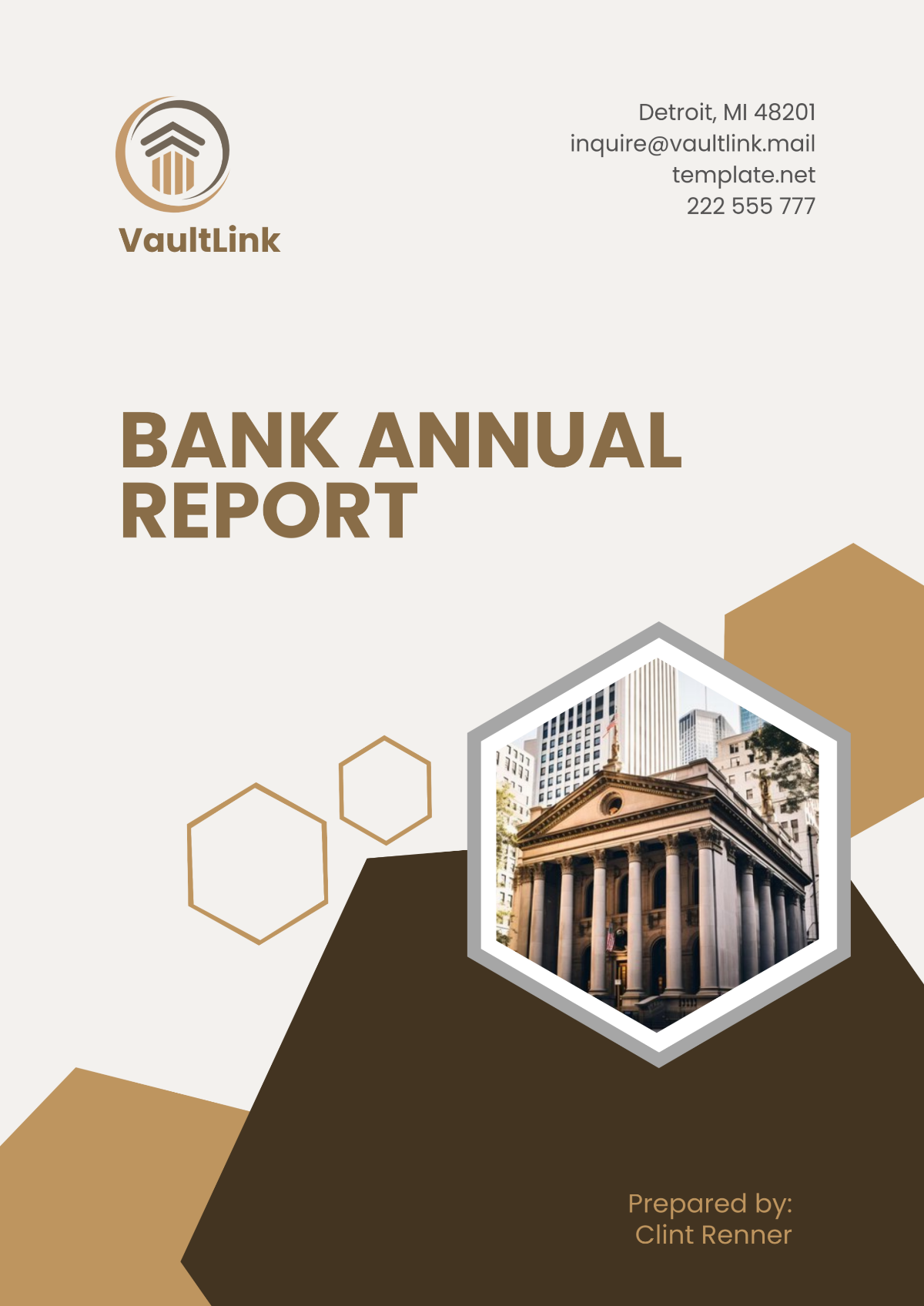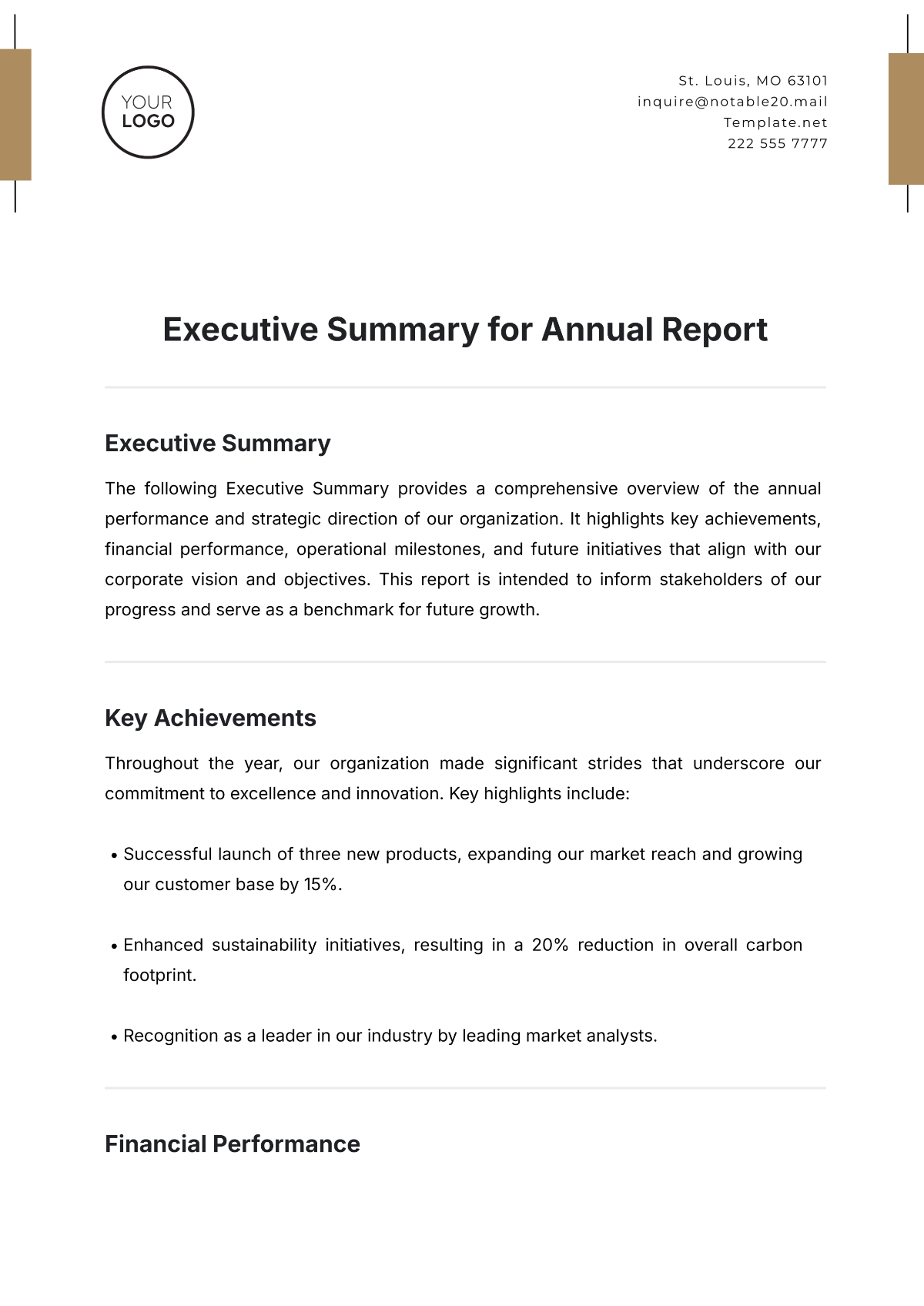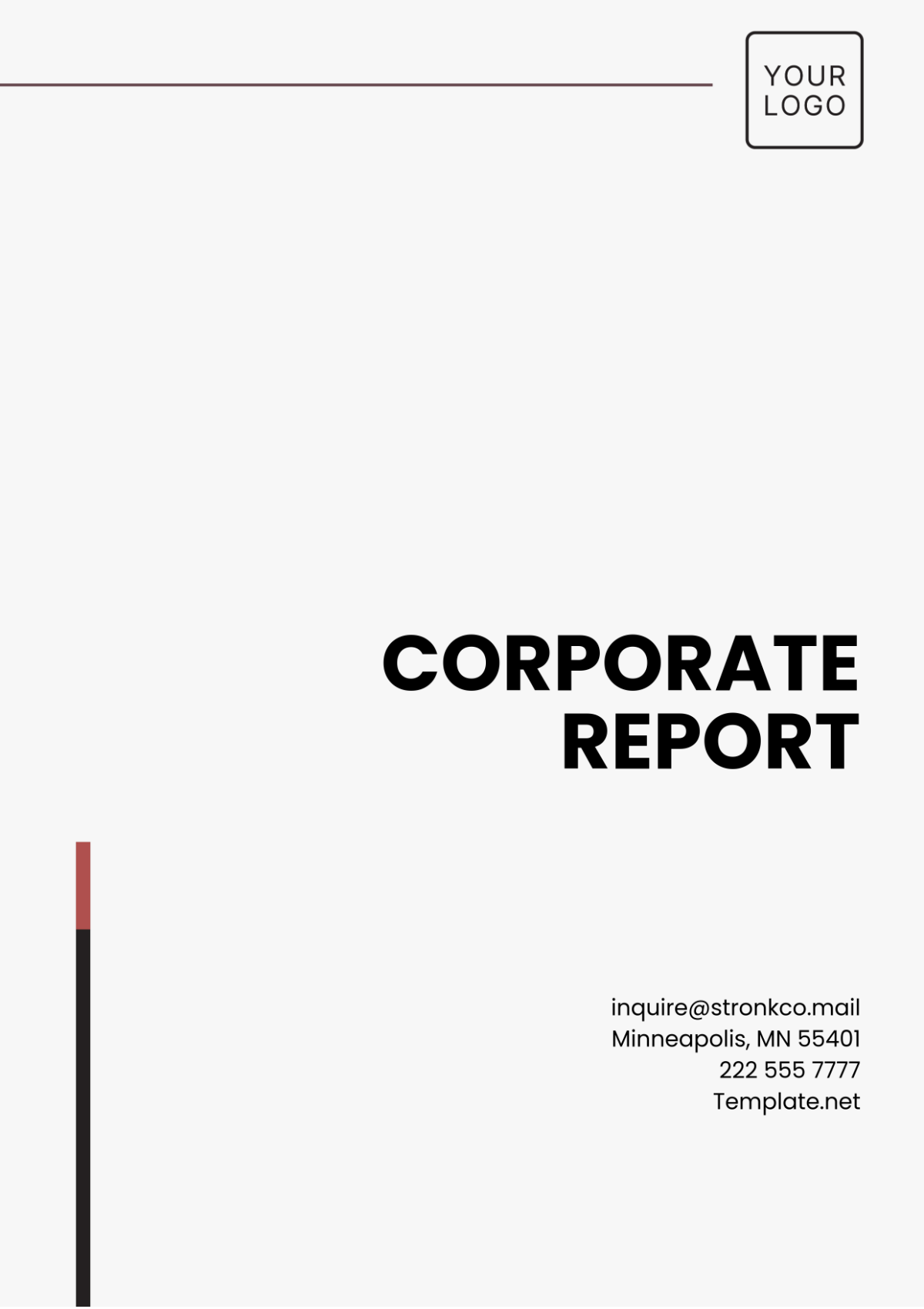Free Director???s Report Outline Template
Director’s Report Outline
DATE: [DATE]
PREPARED BY: [YOUR NAME], DIRECTOR
COMPANY: [YOUR COMPANY NAME]
1. Executive Summary
Provide a concise overview of the report. Highlight key points, major developments, and important decisions for the board to be aware of.
KEY HIGHLIGHTS:
Summary of major accomplishments.
Notable challenges and how they were addressed.
Strategic changes or initiatives.
2. Financial Overview
Present a summary of the company’s financial status, outlining revenue, expenses, and key performance indicators (KPIs).
REVENUE PERFORMANCE:
Quarterly/annual revenue comparison.
Growth or decline explanation.
COSTS & EXPENDITURE:
Summary of major expenses.
Cost-saving initiatives.
PROFITABILITY:
Profit margins.
Net income performance.
BUDGET VARIANCES:
Deviations from the budget and reasons for variances.
3. Operational Update
Provide an overview of the company's operations during the reporting period, including production, project updates, and any notable operational changes.
PRODUCTION/DELIVERY OUTPUT:
Metrics on production or service delivery.
PROJECT PROGRESS:
Status of ongoing projects.
Completed projects.
OPERATIONAL CHALLENGES:
Any challenges or risks encountered.
Mitigation measures.
4. Human Resources Overview
Report on staffing, employee performance, and any HR-related updates.
STAFFING LEVELS:
Number of employees and changes in headcount.
NEW HIRES & DEPARTURES:
Key hires or departures during the period.
EMPLOYEE ENGAGEMENT & PERFORMANCE:
Training and development initiatives.
Employee satisfaction surveys or engagement programs.
HR CHALLENGES:
Retention issues or recruitment challenges.
5. Sales and Marketing Update
Detail the performance of the sales and marketing teams, including revenue generation, customer acquisition, and brand initiatives.
SALES PERFORMANCE:
Sales figures and trends.
New business or major clients acquired.
MARKETING CAMPAIGNS:
Major campaigns and their effectiveness.
Brand awareness or market penetration efforts.
CUSTOMER FEEDBACK:
Insights from customer feedback or satisfaction surveys.
COMPETITIVE LANDSCAPE:
Updates on competitors and market positioning.
6. Strategic Initiatives
Discuss the status of key strategic initiatives that are critical for the company’s long-term success.
ONGOING STRATEGIC PROJECTS:
Updates on significant initiatives.
RISK MANAGEMENT:
Key risks identified and their mitigation.
GROWTH OPPORTUNITIES:
New opportunities being explored.
7. Regulatory & Compliance
Provide an update on any regulatory changes that affect the company, as well as the status of compliance with legal requirements.
REGULATORY CHANGES:
Any new laws or regulations impacting operations.
COMPLIANCE STATUS:
Overview of compliance audits or reviews.
8. Corporate Social Responsibility (CSR) Initiatives
Highlight any CSR or sustainability activities the company has been involved in.
CSR ACTIVITIES:
Summary of community engagement or sustainability programs.
IMPACT MEASUREMENT:
Results or benefits of these initiatives.
9. Future Outlook
Provide insight into the future direction of the company. Include goals, upcoming initiatives, and areas of focus.
SHORT-TERM GOALS:
Next quarter's goals.
LONG-TERM OUTLOOK:
Strategic vision and growth areas.
MARKET TRENDS:
Anticipated industry changes or trends.
10. Board Decisions & Recommendations
List the key decisions or actions that the board is expected to take.
APPROVAL REQUESTS:
New projects, initiatives, or budgets needing board approval.
RECOMMENDATIONS:
Suggestions from the director for strategic changes or actions.
Signature:
 [YOUR NAME], Director
[YOUR NAME], Director
[YOUR COMPANY NAME]

